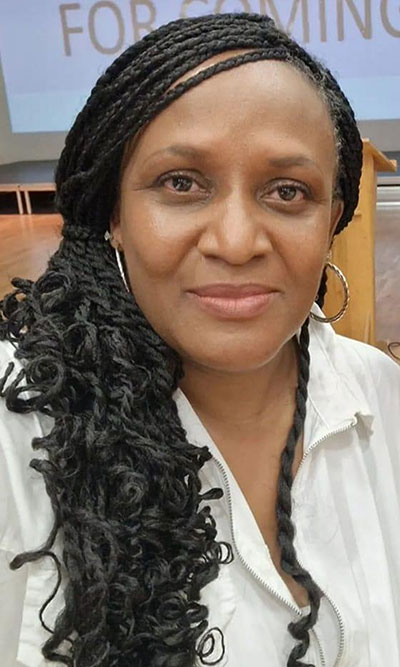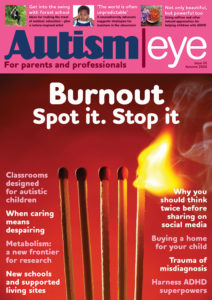Black and Asian parents have told of their struggles against stigma, shame and honour in trying to fight for acceptance of autism.
Venessa Bobb says minority families still focus on “normalising behaviour” rather than accepting and understanding autism.

Venessa Bobb, founder of A2ndvoice, says stigma and myths about autism are still “very prominent” in black and Asian communities
Bobb’s 21-year-old son and 18-year-old daughter are both on the autism spectrum. Bobb was herself diagnosed with autism in her 50s.
Taboos and myths
She set up the community group A2ndvoice in South West London. The aim was to tackle the “taboos and myths around autism” in minority communities.
Bobb has worked for autism acceptance for 12 years.
Over that time, she believes awareness and visibility of the condition have improved in the black and Asian communities.
But she added: “Stigma is still there. The myths are still there because in certain communities they still find it very hard to get them to understand you can’t cure autism. You can’t fix it.”
Bobb said she feels these attitudes are “very prominent in black and Asian communities”.
Stigma in the Sikh community
Parveen Mahal, who has a 12-year-old autistic daughter, set up the East London voluntary group SEN Seva to fight the stigma surrounding disability in the Sikh community.
But Mahal, who also co-chairs her local parent-carer forum, insists the same attitudes extend across the South Asian community.
Mahal said she knew from her work over the past five years or so that there was “something lacking” with mental health issues and isolation.
She said her group wanted to go into their gurdwaras (places of worship for Sikhs) to promote pan-disability.
Issues with honour, status and blame
Mahal added: “I think people in the South Asian community perceive disability as something physical that you can see — so that’s probably slightly more accepted than someone with a hidden disability. And I think that is quite general in society anyway.”
But she added that there are also issues with “honour”, “status” and “blame”.
She said: “Obviously, with disability, they’re also viewed as it’s a shame, it’s an embarrassment and then that leads to that social exclusion and, ultimately, discrimination.”
Related:
Published: 11 April 2024
















